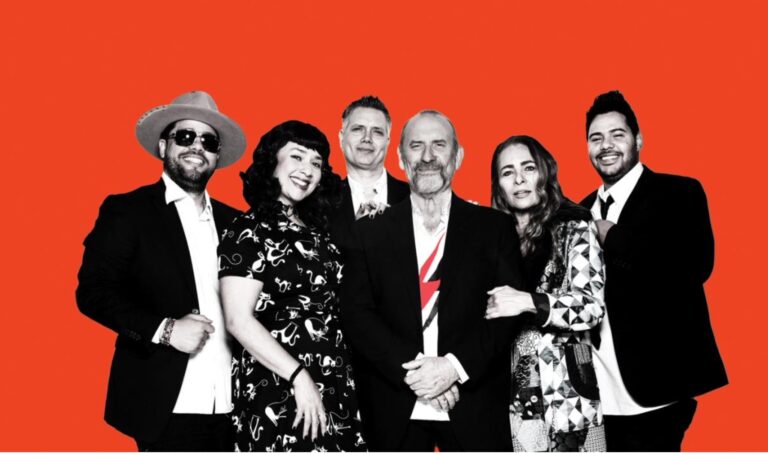
Tripping or just tapping out?

BY CHRISTOPHER HARRIS
The government’s decision last week to put a halt to free Opal trips after eight journeys but to keep price hikes on hold has been criticised as a blow to public transport use.
Greens Transport Spokesperson Mehreen Faruqi said that the loss of the weekly travel reward of free trips after eight journeys would drive down public transport use.
The removal of one of the cornerstones of the Opal card so soon after it was introduced makes its removal seem premature.
“The decision to remove the Weekly Travel Reward will only serve as a disincentive to use public transport, especially on weekends at a time when road congestion is increasing and public transport is underutilised. This is an incredibly short-sighted move from the government.”
“The government had the opportunity to take measures to really drive up public transport use and make the Opal card more effective for commuters. As usual, they have taken the easy road and ended up with these half-baked measures.”
She said that people who use public transport had relied on the rule of the free trips for the affordability of public transport use.
NSW is that only state to have an independent body to set fare prices.
The Indendent Pricing and Regulatory Tribunal has two roles in relation to fair changes.
It sets the maximum fares for public transport, the maximum percentage increase the government can charge for fares. They are also charged with deciding the rules around the fare structure for the Opal Card.
According to transport experts City Hub spoke to, there are bigger changes needed to be made to Sydney’s public transport fare pricing.
Allan Miles from Action for Public Transport NSW said commuters should not be charged for changing modes of transport.
He described the current fare price system as “a mess”.
“In other jurisdictions it is very simple, when you travel from A to B whether by bus or by ferry, it is the same fare.
He said that in terms of public transport use, it would have been better to increase the overall fare rather than remove the free trips after eight journeys Opal feature.
“The idea of removing the free fares and reducing the 50 per cent is an anathema to the idea of promoting public transport, on trains, buses, and the ferries.
“Of course more people were catching the Ferry because instead of paying $14 for a ticket you’re paying nothing.”
Mr Miles said that the need for a fare structure that was constant across all modes of transport would benefit people who lived further afield because they were often restricted to travelling on one of the most expensive options of a train.
University of Sydney’s Professor of Public Transport Professor Corinne Mulley said the removal of the free trips feature from Opal cards could mean lower rates of public transport use.
“Clearly removing the free trips is the equivalent of making transport more expensive, and as such, the number of trips may fall as a result.”
She said that Sydney’s fare structure as it stands currently is quite flat, meaning that beyond a certain distance travellers don’t pay proportionately to the distance they travel. The longer the distance one travels, the lower the price per kilometer.
“My view about the original plan about the fare system is that it is relatively flat, for both bus and rail, and the fare becomes constant quite quickly.” [I don’t think you need this quote]
According to Professor Mulley, “flatness” in the pricing system encourages a person to live further afield, which in the long term promotes urban sprawl.
“On equity grounds, citizens like to see people paying in proportion to their consumption and so flat-ish fare systems are not seen as fair.”
“Price acts as a signal to people and changes their behaviour, it encourages people to live further away from the city centre if the fares are cheap or if it doesn’t cost more to live further away than near, and you can’t change that very quickly because location is long term decision.”
“One of the reasons Government subsidises public transport fares is that it reduces congestion. People are trading space for travel time. It is true people have more space when they live further away, it is a question of preference of whether you want to live in a postage stamp closer to the city versus a bigger plot further away and this is encouraged by fares which are not distance related.”
“Changes they are suggesting are moving in the right direction — it is not enough to have an integrated ticket, you need an integrated fare system, multimodal fares, and aligning fares to the extent the IPART recommendations do, is a good idea.”
“I also don’t think that people gaming the system is overserious, you hear a lot about it , but I am sure it only affects a small proportion of the population.”









